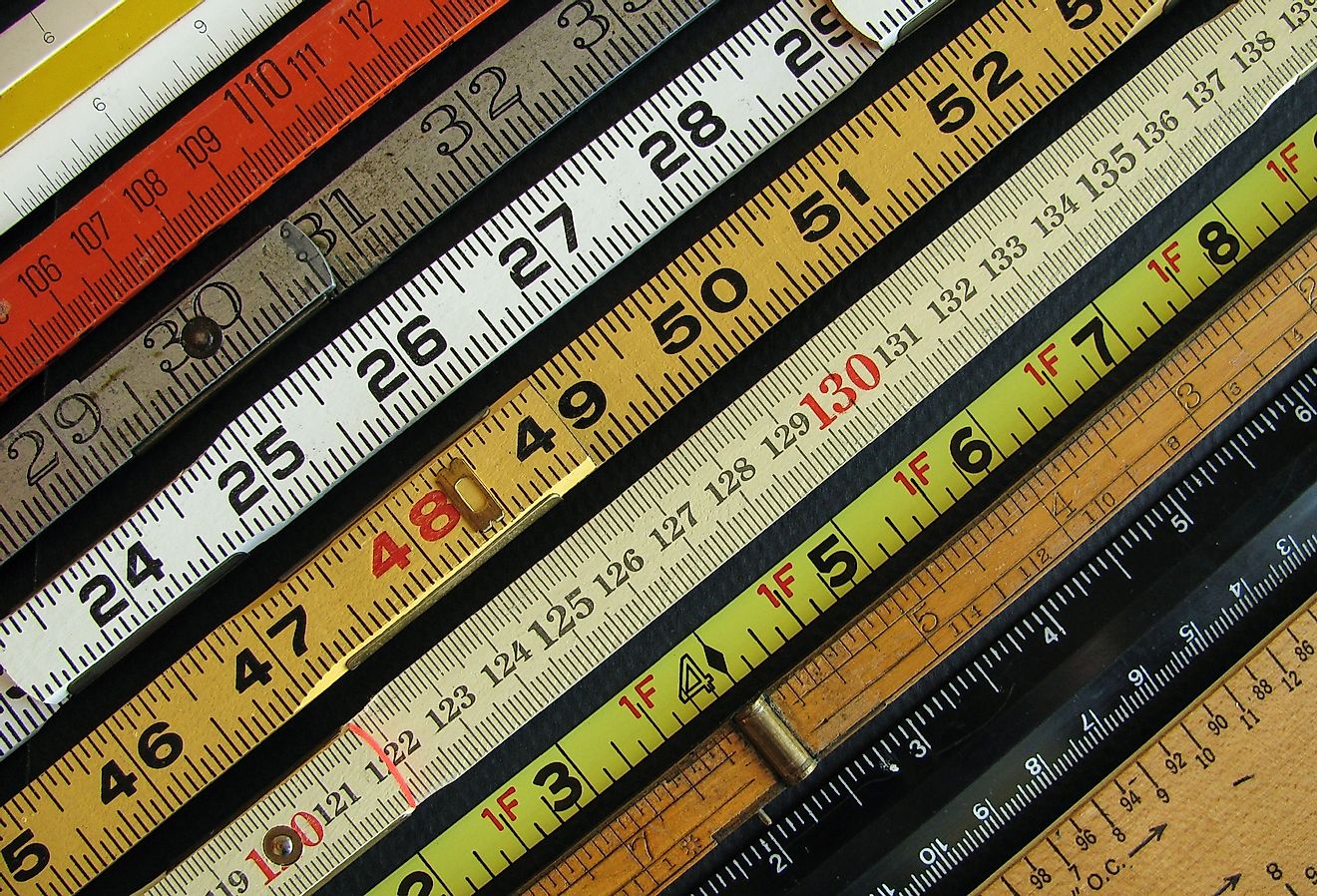Rust Belt States
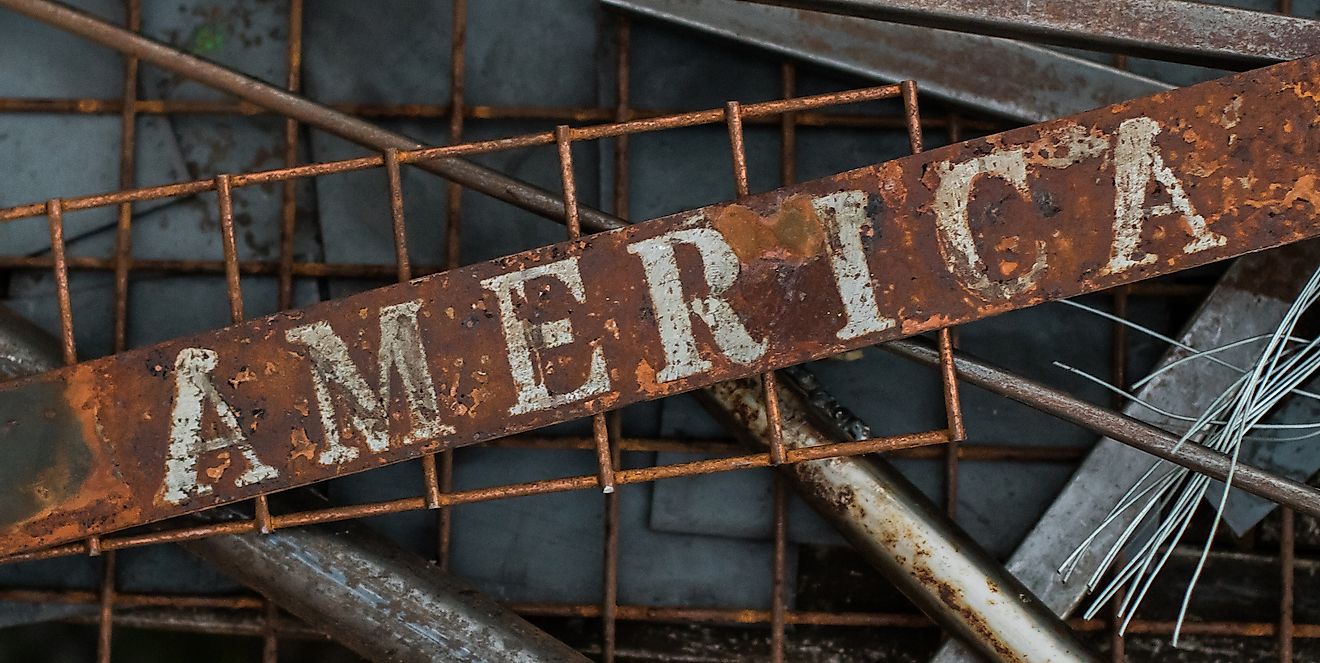
The Rust Belt is a region comprising parts of the northeast and midwest of the continental United States. This region was once the heartland of American industry and the focal point of U.S. manufacturing. Every type of heavy industry, ranging from steel to automobile manufacturing was hosted in the region. But by the mid-to-late 20th century, the region fell into decline. Factories were shuttered, many jobs were lost, and people left the region in search of better work opportunities. Soon, the region became characterized by abandoned plants and factories, along with decaying infrastructure.
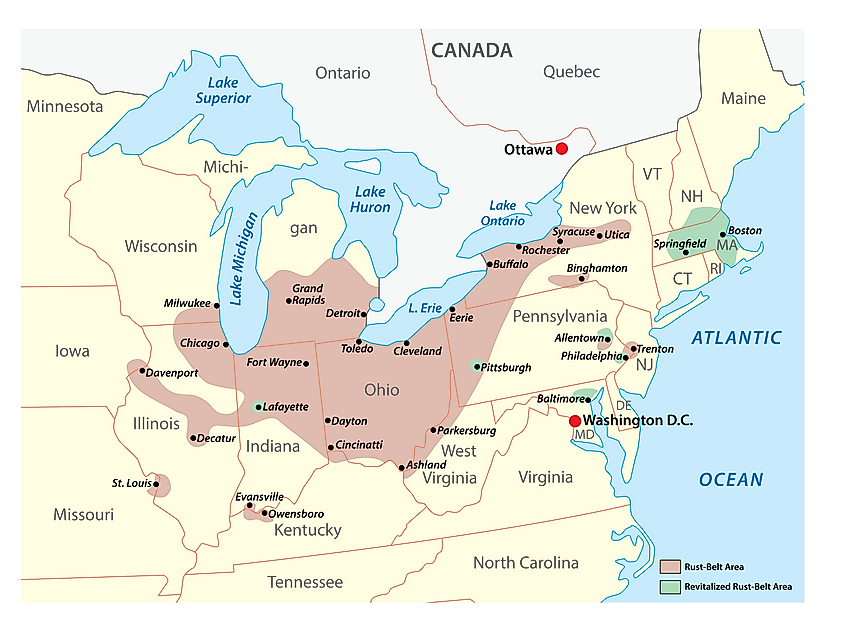
In 1984, Democratic presidential candidate Walter Mondale called this declining region the rust bowl, though he was misquoted by the media, who thought that he said rust belt. Ever since, the term “Rust Belt” has been used to refer to the once-prosperous industrial heartland of the U.S.
History Of The Rust Belt
In the 19th and early-to-mid-20th century, what is now known as the Rust Belt was defined by other nicknames, including Factory Belt, Steel Belt, or Manufacturing Belt. All these nicknames denoted the region’s importance for the U.S. manufacturing sector. The region became America’s industrial center, owing in large part to its natural resources, especially iron ore and coal. There was also a plentiful supply of labor in the region, as people immigrated from Europe and the U.S. South in search of jobs. In addition, the area that is now referred to as the Rust Belt had a very good transportation network in the form of waterways. For example, Chicago’s proximity to the Mississippi River and Lake Michigan enabled a steady flow of both goods and people. The Illinois and Michigan Canal, which links Lake Michigan with the Mississippi River, helped make the Windy City the transportation center of Illinois by the 20th century.
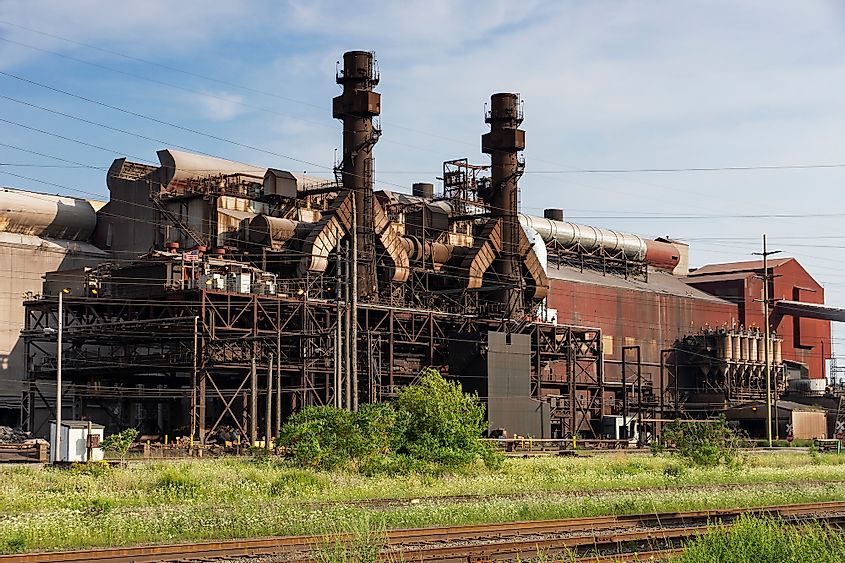
Chicago was just one of the major U.S. cities that became part of America’s Factory, and later, part of the Rust Belt. Other important cities in what was once the focal point of American industry include Baltimore, Maryland; Pittsburgh, Pennsylvania; Buffalo, New York; Cleveland, Ohio; and Detroit, Michigan. Chicago became a great railroad hub. In fact, it became one of the largest railroad centers in the country, and served as a base for the manufacture of freight and passenger railroad cars. Baltimore became a mecca for the production of metal and ship-building. Later on, General Motors built a plant in the city, as did Bethlehem Steel. Pittsburgh was known as a center for steel manufacturing, dating all the way back to the U.S. Civil War. Buffalo became the largest grain port in the world. Cleveland became the home of the Standard Oil Company in the 1860s, and was also a notable transportation hub. Detroit emerged as the center of the American automobile industry, and became the home of the so-called Big 3 automakers: Ford, General Motors, and Chrysler.
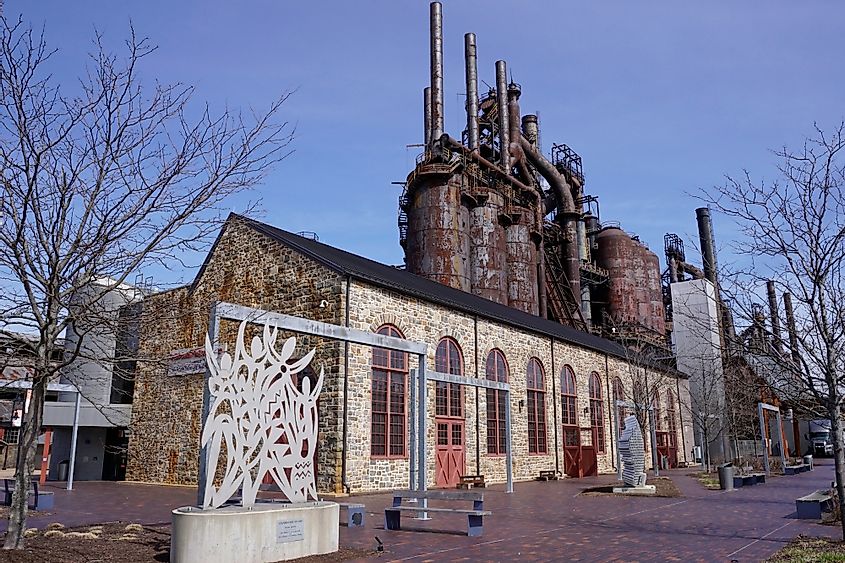
The rapid expansion of America’s Factory, sometimes called the “American economic miracle” was encouraged by certain events, most notably the American Civil War and World War II. Both of these wars contributed to a sharp rise in demand for weapons and steel. The manufacturing boom in what became the Rust Belt lasted into the mid-20th century. By the 1960s, however, things began to change. The equipment and plants that various manufacturers were using to make their products were aging and becoming obsolete. The cost of labor and materials was also rising. As a result, manufacturers began looking for cheaper labor and materials overseas. Thus, the jobs that were once filled by many Americans began to disappear.
Moreover, in the mid-20th century, American manufacturing firms faced little competition from abroad. Hence, they had little incentive to innovate. By the 1980s, however, these firms faced fierce competition at both the domestic and international levels. To save costs, local manufacturers sought to drive down wages. The good, high-paying jobs that America’s Factory once provided began to disappear, leading to a mass exodus of people from the region, as they were forced to look for work elsewhere. Since the 1970s, the region now known as the Rust Belt has been characterized by abandoned factories and urban decay.
The Rust Belt Today
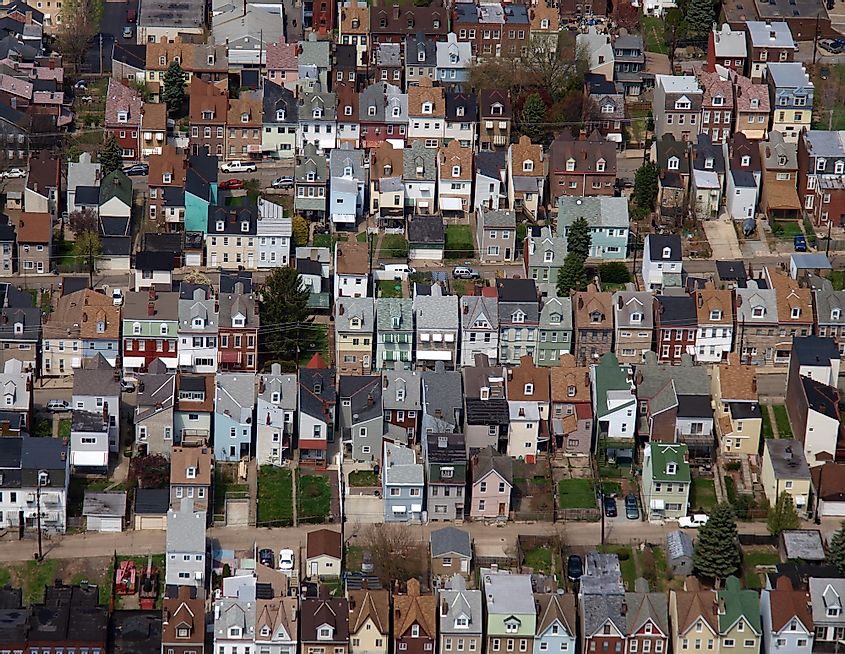
The exodus of high-paying, blue-collar jobs in America’s Rust Belt has led to a high incidence of poverty. According to the U.S. Census Bureau, poverty rates in the U.S. states that are considered part of the Rust Belt range from 12.1% in Illinois, to 17.8% in West Virginia as of 2018. The major cities of the Rust Belt are still significant manufacturing hubs, but not to the extent that they once were. High-paying, secure jobs have made way for job insecurity, owing to deregulation and downsizing. Today, the Rust Belt is often a key battleground in U.S. elections, with candidates hoping to woo voters by promising to enable the region to return to economic prosperity.







